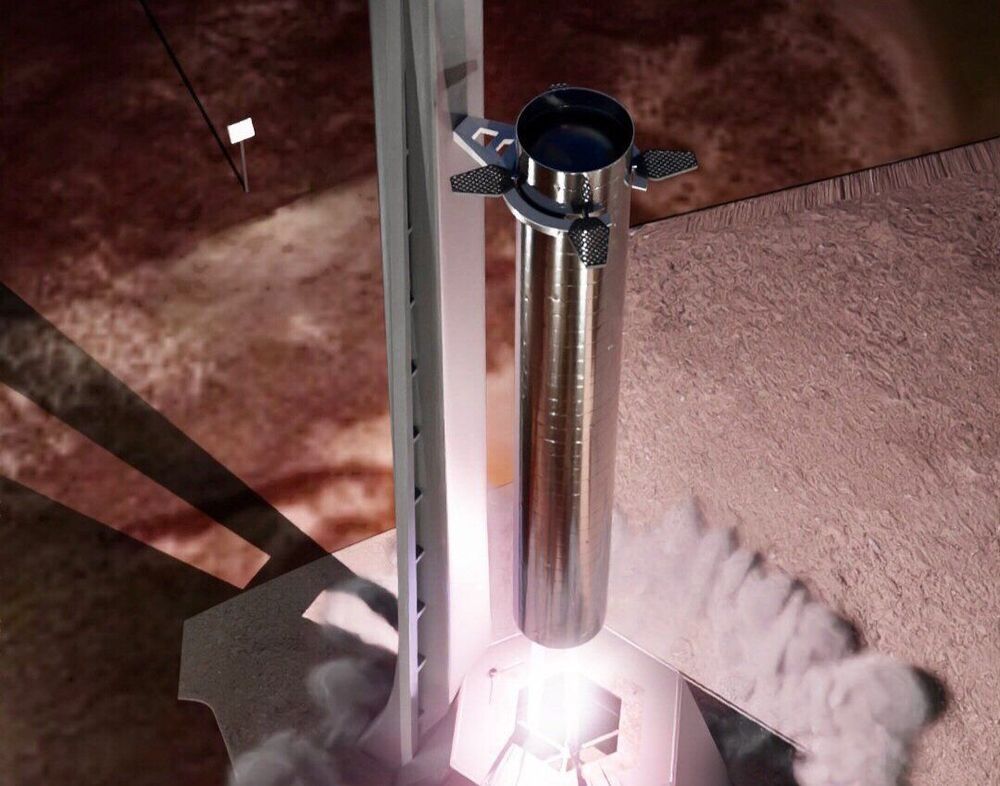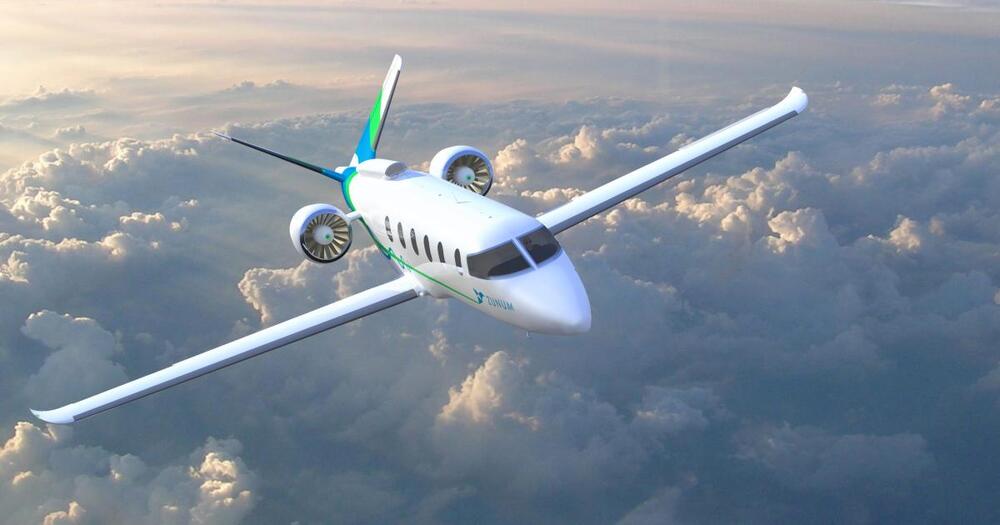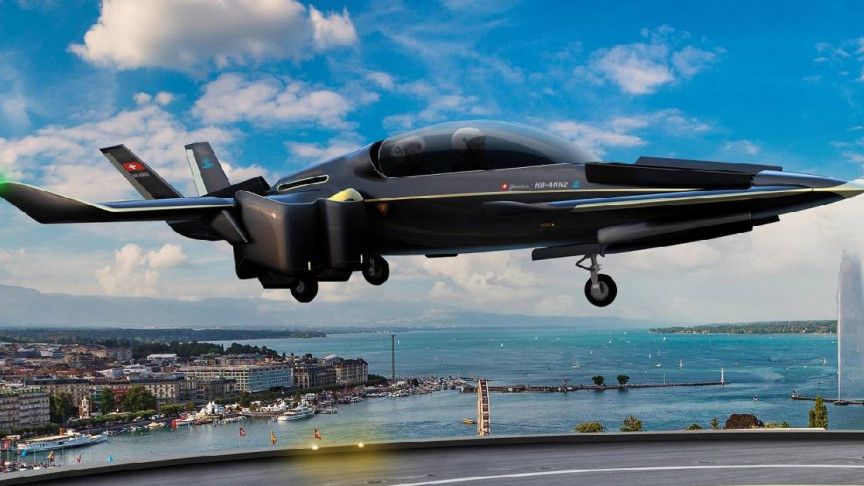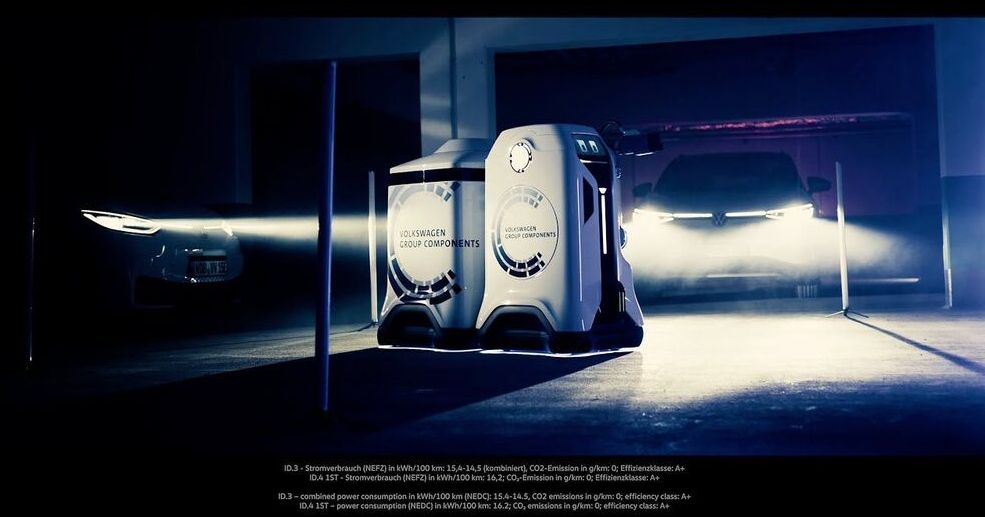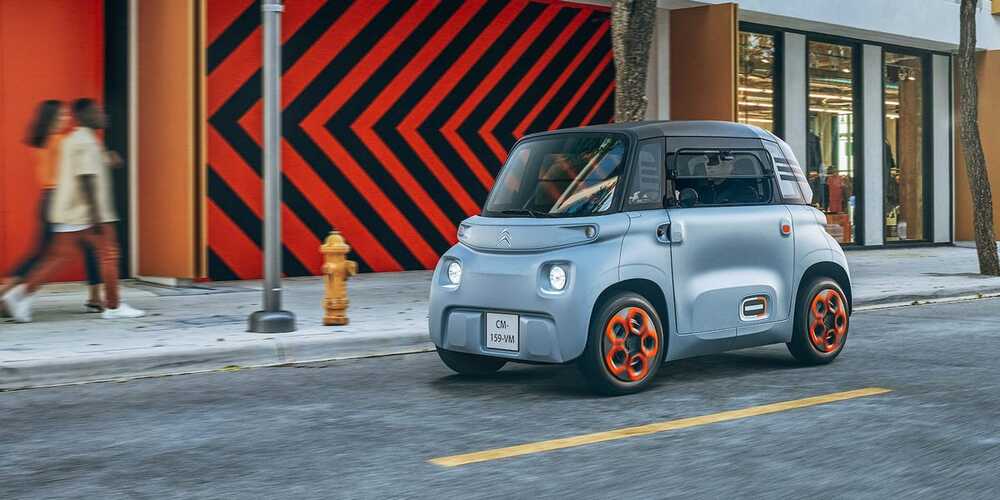The world population is estimated to reach 9.5 billion by 2050. Given that most of our current energy is generated from fossil fuels, this creates significant challenges when it comes to providing enough sustainable electricity while mitigating climate change.
One idea that has gained traction over recent years is generating electricity using bacteria in devices called microbial fuel cells (MFCs). These fuel cells rely on the ability of certain naturally occurring microorganisms that have the ability to “breathe” metals, exchanging electrons to create electricity. This process can be fuelled using substances called substrates, which include organic materials found in wastewater.
At the moment microbial fuel cells are able to generate electricity to power small devices such as calculators, small fans and LEDs—in our lab we powered the lights on a mini Christmas tree using “simulated wastewater.” But if the technology is scaled up, it holds great promise.



